The journey of an open source contributor is often marked by a series of evolving stages, each presenting unique challenges and opportunities. Unlike traditional career paths, the open source ecosystem thrives on collaboration, meritocracy, and community-driven development. Contributors don’t follow a rigid ladder but instead navigate a dynamic landscape where skills, reputation, and impact grow organically. Understanding this growth trajectory can help newcomers find their footing and seasoned developers refine their roles within the community.
Early Contributions: Finding a Footing
For many, the first steps into open source are tentative. New contributors often begin by tackling small, well-defined tasks—fixing typos in documentation, reporting bugs, or writing basic tests. These "good first issues" serve as gateways, allowing beginners to familiarize themselves with the project’s workflow, tools, and culture. At this stage, the focus is less on technical prowess and more on learning how to engage with the community. Patience and persistence are key, as initial pull requests may undergo multiple rounds of feedback. The goal here isn’t perfection but demonstrating a willingness to learn and adapt.
Mentorship plays a crucial role during this phase. Many open source projects have dedicated channels or programs to guide newcomers, pairing them with experienced contributors who can answer questions and provide direction. These interactions often shape a contributor’s long-term engagement, turning a one-time participant into a recurring collaborator.
Building Momentum: From Occasional to Regular Contributor
As confidence grows, so does the scope of contributions. Developers who started with minor fixes gradually take on more complex tasks—implementing features, optimizing performance, or improving test coverage. This transition isn’t just about technical skill; it’s about understanding the project’s broader goals and aligning individual efforts with them. Regular contributors often develop a sense of ownership, proactively identifying areas for improvement rather than waiting for assigned tasks.
Community recognition becomes more pronounced at this stage. Maintainers and peers start noticing consistent contributions, leading to increased responsibilities. Some contributors may be invited to review others’ code, triage issues, or participate in design discussions. These opportunities reinforce their role as trusted members of the project, further deepening their commitment.
The Maintainer’s Path: Stewardship and Leadership
For a subset of contributors, the journey culminates in becoming a maintainer. This role transcends coding—it’s about stewardship. Maintainers oversee the project’s health, curate contributions, and ensure alignment with long-term vision. They also mediate conflicts, set standards, and mentor newcomers, effectively paying forward the guidance they once received.
However, maintainership isn’t for everyone. The role demands significant time and emotional labor, often without financial compensation. Burnout is a real risk, especially in popular projects with high demand. Many maintainers balance these duties with full-time jobs, relying on personal passion to sustain their involvement. Recognizing this, some organizations now offer stipends or sponsorships to support key contributors, though such models are still far from universal.
Beyond Code: The Expanding Role of Contributors
Open source contributions aren’t limited to writing code. As projects mature, they require diverse skills—documentation, design, community management, and fundraising, to name a few. Contributors who excel in these areas often carve out niche roles, becoming as indispensable as their coding counterparts. For instance, a skilled technical writer can dramatically improve a project’s accessibility, while a community manager fosters inclusivity and growth.
This diversification reflects the holistic nature of open source sustainability. A project’s success hinges not just on its technical merits but on its ability to attract and retain a multifaceted community. Contributors who recognize and fill these gaps play a pivotal role in ensuring long-term viability.
Challenges and Reflections
Despite its rewards, the contributor path isn’t without hurdles. Imposter syndrome, unclear expectations, and toxic interactions can derail even the most enthusiastic participants. Projects with poor onboarding or hostile environments risk losing talent early on. Conversely, those that prioritize inclusivity and clear communication often thrive, benefiting from a steady influx of fresh perspectives.
Another challenge is the lack of formal career pathways. While some companies value open source contributions, others overlook them, leaving contributors to advocate for their own skills. Initiatives like the TODO Group and CHAOSS are working to bridge this gap, promoting best practices for recognizing and rewarding open source work.
Looking Ahead: The Future of Contributor Growth
The open source landscape continues to evolve, with new tools and practices reshaping how contributors engage. Platforms like GitHub and GitLab have lowered barriers to entry, while initiatives like Google Summer of Code and Outreachy provide structured pathways for underrepresented groups. Meanwhile, the rise of corporate involvement brings both opportunities and tensions, as businesses seek to balance their interests with community-driven values.
Ultimately, the growth of open source contributors mirrors the ethos of the movement itself—iterative, collaborative, and resilient. Whether you’re a newcomer submitting your first pull request or a maintainer steering a major project, the journey is as much about personal growth as it is about code. And in a world increasingly reliant on open source software, nurturing these paths isn’t just beneficial—it’s essential.
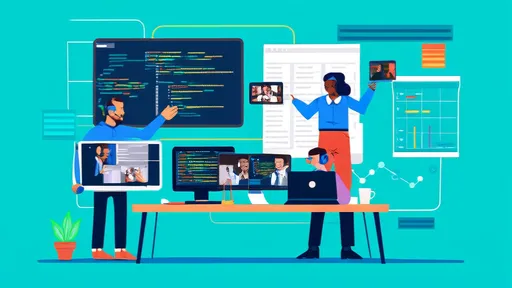
By /Jul 11, 2025
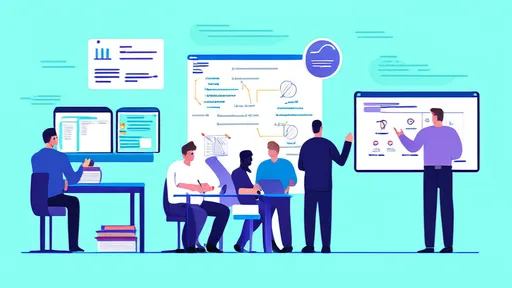
By /Jul 11, 2025
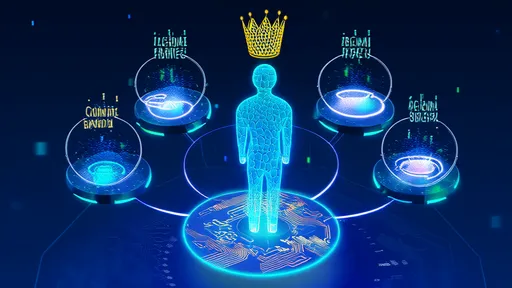
By /Jul 11, 2025
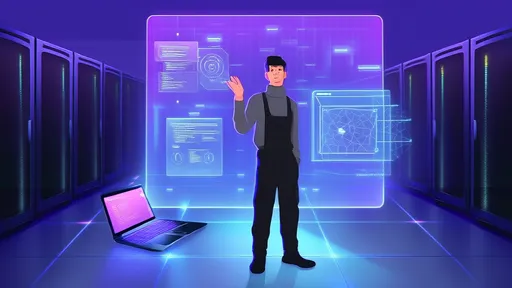
By /Jul 11, 2025
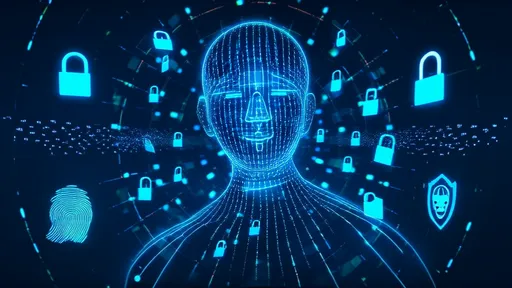
By /Jul 11, 2025

By /Jul 11, 2025
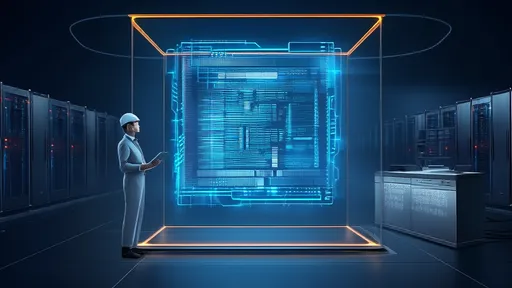
By /Jul 11, 2025
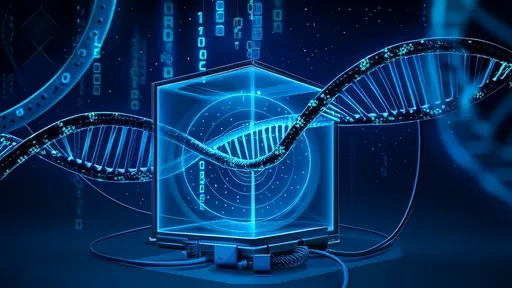
By /Jul 11, 2025

By /Jul 11, 2025

By /Jul 11, 2025

By /Jul 11, 2025

By /Jul 11, 2025

By /Jul 11, 2025
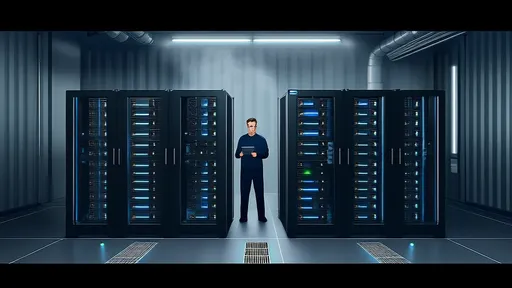
By /Jul 11, 2025
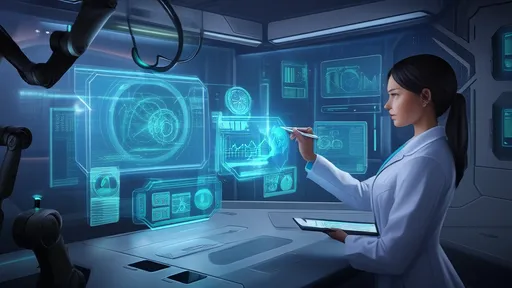
By /Jul 11, 2025

By /Jul 11, 2025

By /Jul 11, 2025

By /Jul 11, 2025